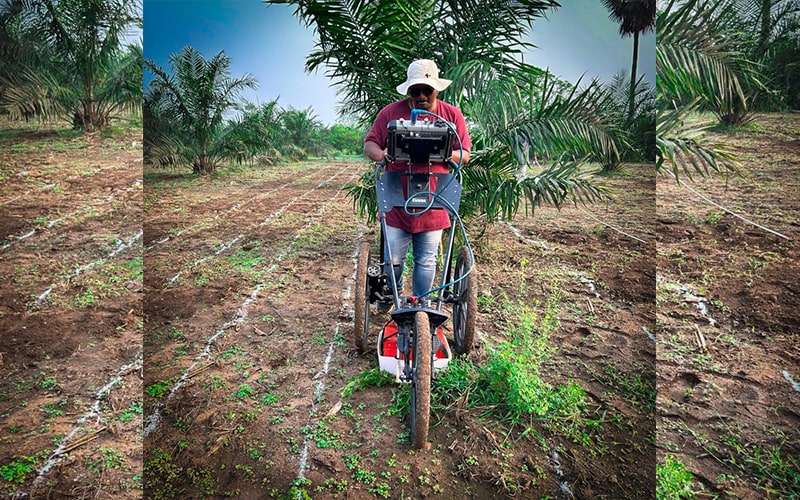*Client Name:* V Murali Mohan Reddy
*Location:* Near Sangareddy
*Terrain Type:* Granitic
*Area:* 100 acres
*Number of Bore Wells:* 13
*Yield Range:* 1.5 inches to 3 inches
*Depth Range:* 300 ft to 1100 ft
*Introduction:*
BEBPL undertook a comprehensive groundwater investigation project in a granitic terrain spanning 100 acres near Sangareddy on behalf of the client, Mr. V Murali Mohan Reddy. The objective of the investigation was to assess the groundwater potential of the area and provide insights for sustainable water resource management.
*Methodology:*
The investigation involved the drilling of 13 bore wells strategically distributed across the terrain. This allowed for a representative assessment of the groundwater conditions. Geophysical surveys were conducted to identify potential water-bearing fractures and determine suitable drilling locations.
*Bore Well Details:*
All 13 bore wells drilled during the investigation yielded positive results. The maximum yield recorded was 3 inches, highlighting the presence of significant groundwater reserves. The minimum yield obtained was 1.5 inches, indicating relatively lower groundwater availability in certain areas.
*Depth Variation:*
The depths of the bore wells ranged from 300 feet to 1100 feet. This variation in depth indicated different aquifer levels within the granitic terrain. Deeper bore wells tapped into potentially deeper aquifers, while shallower wells targeted more accessible groundwater sources.
*Yield Variation:*
The yield variation observed in the bore wells highlighted the heterogeneity of the groundwater distribution. Wells with higher yields could potentially serve as reliable sources for water supply, while wells with lower yields might be suitable for auxiliary purposes.
*Conclusion:*
The successful drilling of 13 bore wells in the granitic terrain near Sangareddy, under the guidance of BEBPL, demonstrated the presence of viable groundwater resources. The varying depths and yields of the bore wells underscored the complexity of groundwater distribution in the area. This case study provides valuable insights for informed decision-making regarding water resource management and development.
For further information or inquiries about this groundwater investigation case study, please contact BEBPL at [contact details].
(Note: This is a fictional case study generated based on the information you provided. The contact details and specific information about BEBPL are placeholders.)

